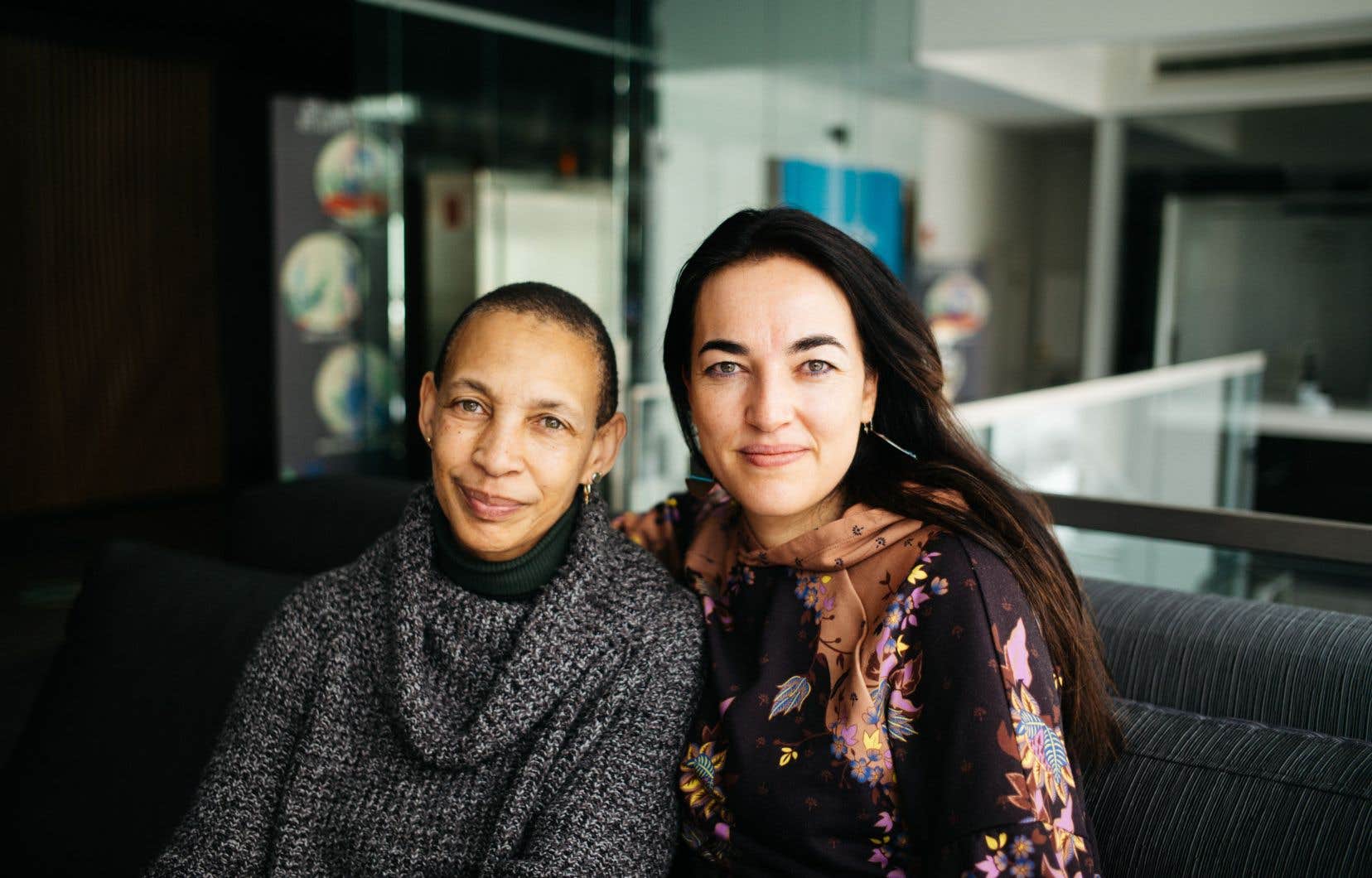Émilie Monnet is going to wear her Daisy. Fire, created in 2022, at the Festival d’Avignon. For the Anishinaabe multidisciplinary artist, “it’s a huge honor” to play and accompany this piece, first produced at Espace Go, which brings back to memory Marguerite Duplessis, of the Panis nation. In 1740, during a trial, this native slave demanded her freedom. And lost her.
“It’s a great responsibility” for Émilie Monnet: to carry her creation, to go on stage at the Festival d’Avignon, one of the biggest live performance festivals. And above all, “going to talk about Marguerite over there, telling her story, to the very cradle of colonization, that seems important to me”, explained the artist in a choppy, nervous voice, caught on the phone at the end of the last Montreal rehearsal before leaving for France.
A responsability ? Yes, because reflections and discourses on indigenous realities and their relations with non-natives are far from being as active in Europe as in the Americas, admits Ms.me Monet.
“I see that there is a lot of interest, from the media, from the broadcasters. I have several appointments. Already, I hear a lot about the term New France, for example. For us, it is usual; not for my interlocutors”, of which several discover, through the vision of Mme Monnet, the colonizing role of France in Quebec, or at least another of its facets.
Created at the end of the pandemic in Montreal, Daisy. Fire offers a choral narrative, nourished by different fibers: text, body, sound, light, music (Laura Ortman) and video (Caroline Monnet, Émilie’s sister). The piece is part of a triptych. Curious Avignon spectators — or readers — will be able to catch up Daisy. Crossinga podcast (on La Fabrique culturelle).
As for the recording of the sound path Daisy. Stonefound on the Phi Foundation website, Mme Monnet believes that you have to listen to him and at the same time follow the proposed route through the streets of Old Montreal for the experience to be complete.
Émilie Monnet took advantage of the revival in Avignon to develop her play. “I do that with all my works, I continue the work. The cast has changed (due to unavailability of performers), and a performer has been added. They are now four on stage, “two indigenous women and two black women”: Anna Beaupré Moulounda, Catherine Dagenais-Savard, Tatiana Zinga Botao and Émilie Monnet.
“It increases the choral effect that I wanted; it multiplies the voices,” explains the designer. For the French version, choreographer Mélanie Demers added her perspective to that of co-director Angélique Willkie.
Grow creations
If Émilie Monnet is certainly nervous for her first steps in Europe, she continues, as usual, to navigate between bringing her pieces to life and creating. She has just presented at the last Festival TransAmériques, for example, a collaboration project, still untitled, that she is carrying out with Waira Nina, from the Inga people of Amazonia in Colombia.
His piece Okimum, a duo also presented at Go in 2022, was touring at the beginning of 2023, and continues “to arouse interest”, according to its creator. “Of course I really like being at the start of a creation, in research, this madness, without the concern that comes later with the performances. But it’s like planting several seeds, of different plants, which don’t all grow at the same speed. Who live lives of different longevity; and some of which, here, also become traveling plants
